March 25th, 2025
Choosing the Right Technology Stack for Web Development in 2025

Written by
Gurkirt Pal

Choosing the proper technology stack for web development is the key to a project's success. A technology stack is a set of programming languages, frameworks, and tools that drive both the front-end (user-visible) and back-end (server-side logic).
The right stack can enhance performance, security, and scalability, while a poor choice may lead to delays and higher costs. This guide will help you understand the key factors, popular stacks, and emerging trends in 2025 to make better decisions.
Popular Technology Stacks in 2025
In 2025, the most widely used tech stacks include:
1.
MERN Stack (MongoDB, Express.js, React, Node.js) :
- MERN is Ideal for real-time, dynamic web applications.
- It is commonly used for single page applications ( SPA ), chat apps, and SaaS products.
- The main selling point of mern is its full JavaScript development for both front-end and back-end. Which provide very seamless experience
2.
MEAN Stack (MongoDB, Express.js, Angular, Node.js) :
- Best suited for enterprise-level applications.
- Offers high scalability and robust data handling.
- Supports TypeScript, enhancing code maintainability.
3.
LAMP Stack (Linux, Apache, MySQL, PHP) :
- A reliable choice for content-heavy websites and CMS platforms like WordPress.
- Cost-effective and widely supported.
- Provides strong security and stability.
4.
Jamstack (JavaScript, APIs, Markup):
- Enhances performance by serving pre-built pages and assets via CDNs.
- Ideal for static websites with dynamic content through APIs.
- Improves SEO and site speed.
5.
Python-Based Stacks (Django, Flask, PostgreSQL) :
- Perfect for data-driven applications, AI, and machine learning.
- Django provides built-in security features.
- Used by platforms like Instagram and Spotify.
According to a recent survey analysis , other Emerging trends include serverless architectures for scalability and cost-effectiveness, and technologies like Dart with Flutter for cross-platform apps etc.
Understanding Technology Stacks
The choice of stack is foundational, impacting performance, scalability, security, and development timeline. For instance, research from Stanford University, cited in "The Best Tech Stack for Web Development We Share the Latest Trending Technologies", indicates that 75% of users judge a company's credibility based on website design, and 40% will leave if a site takes longer than 3 seconds to load, underscoring the need for a stack that ensures speed and reliability.
Key Factors to Consider while selecting tech stack
Selecting the right stack involves evaluating multiple factors, each tailored to the project's specific needs. Below is a detailed table summarizing these factors, drawn from recent insights:
1. Project Size and Complexity
- Larger, complex projects need robust stacks, while simpler ones can use CMS solutions.
- For Example: Use LAMP for basic sites; MERN for complex, dynamic applications.
2. Scalability Requirements
- Ensure the stack supports future growth in users and data volume.
- For Example: Choose cloud-compatible stacks like Node.js with AWS Lambda for scalability.
3. Performance and Speed
- Technologies should ensure fast load times and efficient processing, especially for high-traffic sites.
- For Example: React with Next.js enhances the performance and SEO.
4. Security Needs
- High security is essential for applications handling sensitive data.
- For Example: python and django offer strong security features for enterprise applications.
5. Development Cost and Budget
- Consider licensing fees, developer salaries, and long-term maintenance costs.
- For Example: Open-source stacks like LAMP/MERN are cost-effective solutions, on the other hand proprietary stacks may offer better support but at higher costs.
6. Time-to-Market
- If you need faster development cycles, consider a framework with extensive libraries and community support.
- For Example: MERN and MEAN enable rapid development, suitable for startups and MVPs.
7. Community Support and Documentation
- Consider a framework or stack which has a strong community backing. Because strong and active community ensures regular updates, troubleshooting resources, and pre-built solutions.
- For Example: React and Node.js have large, active communities.
8. Integration Capabilities
- The stack should support third-party services, APIs, and existing systems.
- For Example: Middleware like Express.js facilitates seamless integrations for e-commerce platforms.
9. Flexibility and Adaptability
- The stack should evolve with changing requirements and emerging technologies.
- For Example: Jamstack offers flexibility for static sites; microservices enhance adaptability for complex systems.
Common Mistakes to Avoid while selecting a tech stack
1.
2.
3.
4.
Conclusion
In conclusion, choosing the best technology stack for web application development requires a balanced approach by considering project-specific factors, team capabilities, and emerging trends.
It's crucial to evaluate scalability, security, and cost, while leveraging popular stacks like MERN for startups or LAMP for content sites, and exploring innovations like serverless architectures and Dart for future-ready solutions.
